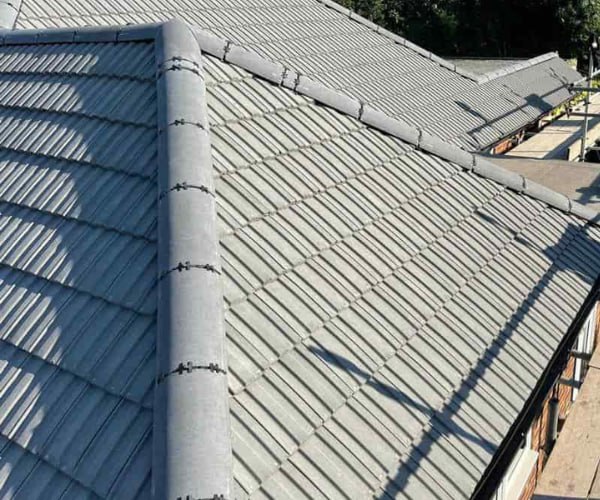Exploring Roofing Horizons: Understanding the Diversity of Flat Roofing Systems
Introduction: Flat roofing systems have evolved significantly over the years, offering various options to suit various architectural styles, climates, and budgetary considerations. Understanding the different types of flat roofing systems available can help homeowners and property managers make informed decisions regarding roof installation or replacement. In this blog post, we’ll delve into the diverse world of flat roofing systems, exploring their characteristics, benefits, and applications to help you choose the right option for your needs.
Built-Up Roofing (BUR):
- Built-up roofing, known as tar and gravel, is one of the oldest and most traditional flat roofing systems. It consists of multiple layers of asphalt or bitumen alternated with ply sheets, topped with a layer of gravel or mineral granules for protection against UV rays and weathering. BUR roofing offers excellent durability, fire resistance, and waterproofing properties, making it suitable for high-traffic commercial buildings and areas with extreme weather conditions.
Single-Ply Membranes:
- Single-ply membranes, such as ethylene propylene diene monomer (EPDM), thermoplastic polyolefin (TPO), and polyvinyl chloride (PVC), have gained popularity for their lightweight, flexibility, and ease of installation. These synthetic membranes offer superior weather resistance, UV stability, and resistance to chemical exposure, making them ideal for residential and commercial applications. EPDM is known for its longevity, TPO for its energy efficiency, and PVC for its chemical resistance.
Modified Bitumen:
- Modified bitumen roofing combines the durability of traditional asphalt with added polymer modifiers for enhanced flexibility, strength, and weather resistance. This roofing material is typically installed in multiple layers using torch-applied, cold-applied, or self-adhesive methods. Modified bitumen roofing offers excellent waterproofing capabilities, UV resistance, and ease of repair, making it a popular choice for flat roofs in new and replacement projects.
Spray Polyurethane Foam (SPF):
- Spray polyurethane foam roofing is a seamless, lightweight, and energy-efficient option for flat roof construction. SPF is applied as a liquid foam that expands and cures into a durable, seamless membrane, providing excellent insulation, waterproofing, and protection against thermal expansion and contraction. SPF roofing is highly customisable, allowing easy application over irregular roof shapes and existing roofing materials. It also offers long-term cost savings through energy efficiency and reduced maintenance needs.
Green Roofing Systems:
- Green roofing systems, vegetative or living roofs, are becoming increasingly popular for their environmental benefits and aesthetic appeal. These systems comprise a waterproof membrane, drainage layer, growing medium, and vegetation, creating a sustainable and eco-friendly rooftop garden. Green roofs provide insulation, reduce stormwater runoff, improve air quality, and create habitat for wildlife, making them ideal for eco-conscious homeowners and commercial properties.
Conclusion: Choosing the right flat roofing system depends on various factors such as climate, budget, building usage, and aesthetic preferences. Whether you opt for built-up roofing, single-ply membranes, modified bitumen, spray polyurethane foam, or green roofing systems, working with experienced professionals is essential for a successful roofing project. By understanding the characteristics and benefits of different flat roofing systems, you can m
Call us on: 01536 907 192
Click here to find out more about KJI Roofing Rothwell
Click here to complete our contact form and see how we can help with your roofing needs.

